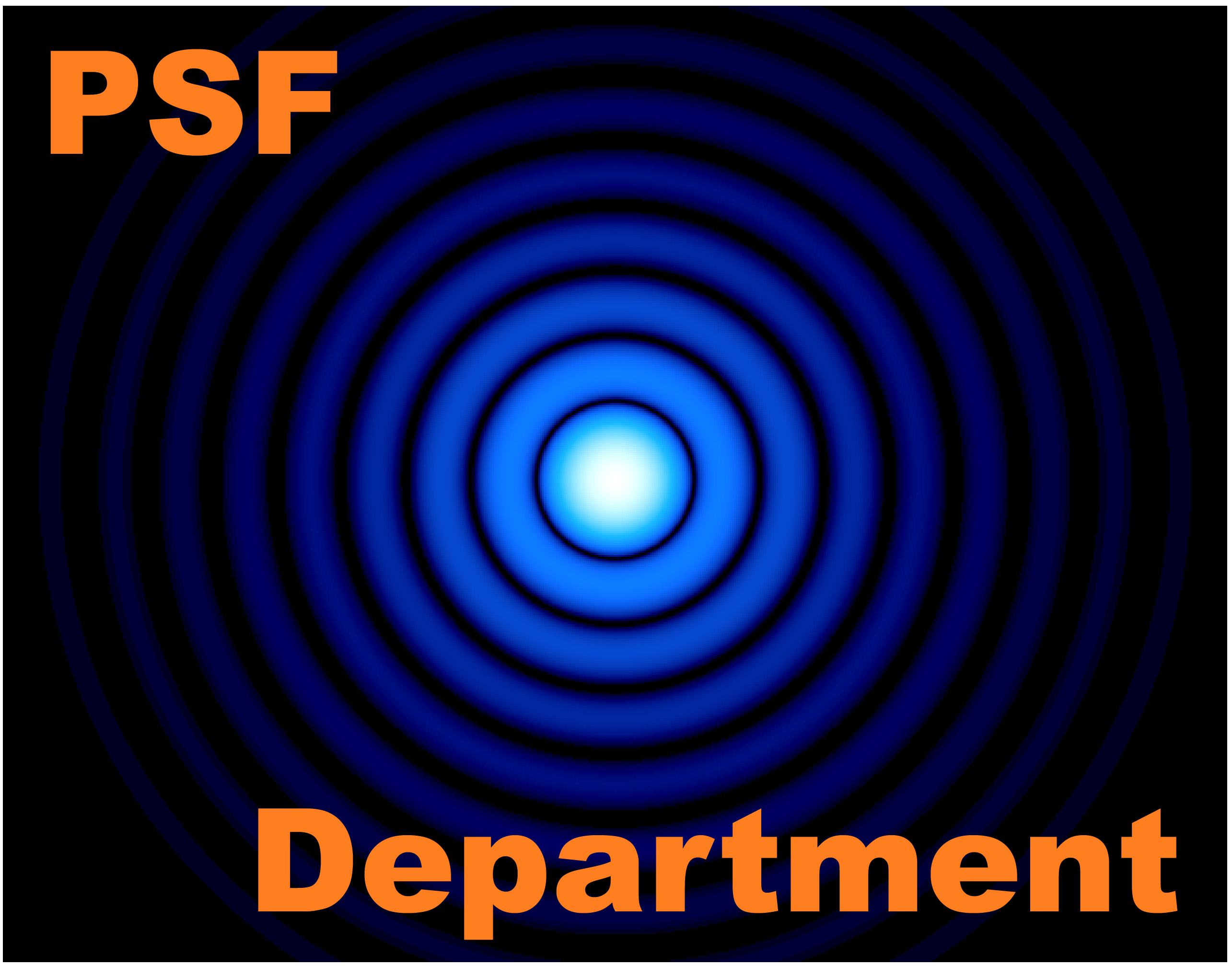The people of the MCDC group
Our group is positioned at the Max-Planck-Institut für Astronomie (MPIA) in Heidelberg, Germany, and includes theoretical and observational work in Astrochemistry. Below you find a listing of the people within the Molecular and Disk Chemistry Group with summaries.
Thomas Henning (homepage) - Professor - email: henning@mpia.de - Phone: (+49) 6221 528 200 - Office # - 216 G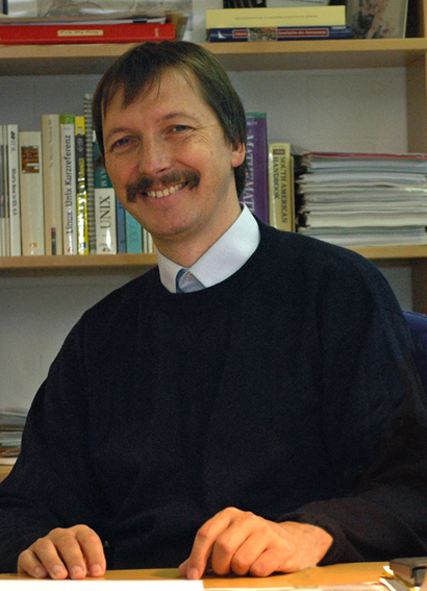
Department director of Planet and Star formation. Research interests: Chemistry in Protostars and Protoplanetary Disks, Solid-State Astrophysics (Formation and Evolution of Cosmic Dust and its Optical Properties).
Henrik Beuther (homepage) - Staff member - email: beuther@mpia.de - Phone: (+49) 6221 528 447 - Office # - 331
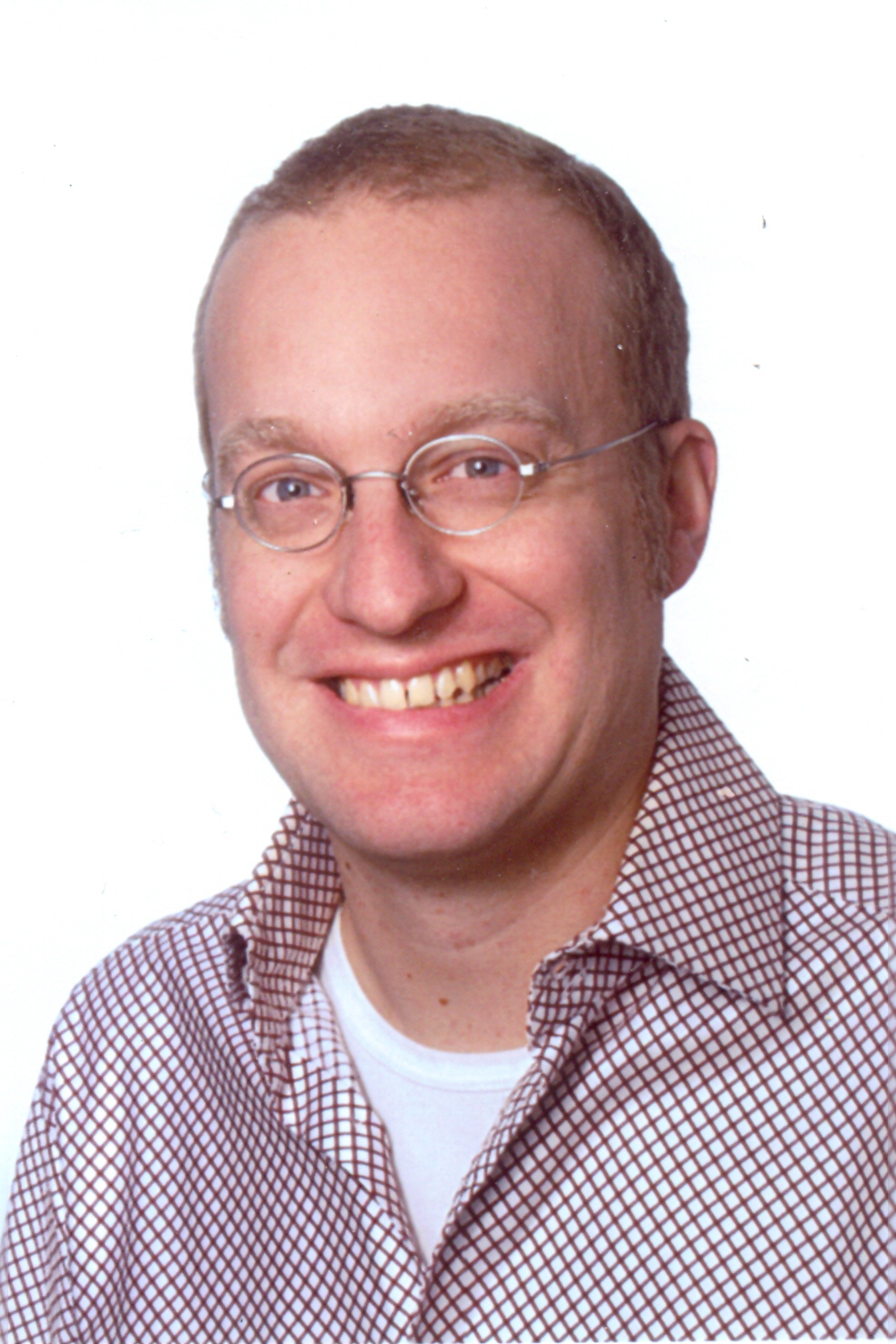 My scientific research circles around the question of star formation - and in particular of high-mass stars - as well as around the formation and evolution of dense molecular clouds from the larger-scale more diffuse atomic medium. The scales involved range from large-scale Galactic structure down to smallest scales of the order 1000 AU. The main wavelength regime for such studies is from far-infrared via mm to cm wavelengths, and single-dish instruments as well as state-of-the-art interferometers (e.g., PdBI, ALMA, EVLA) are the necessary tools of choice. Specific topics in this field I am interested in are the formation of molecular clouds, the collapse of gas clumps to form stars, high-mass accretion disks and their associated outflows or the influence of magnetic fields. All these topics are tightly linked to chemistry because many of the mentioned physical processes trigger a different chemistry, and the physics and chemistry are strongly connected.
My scientific research circles around the question of star formation - and in particular of high-mass stars - as well as around the formation and evolution of dense molecular clouds from the larger-scale more diffuse atomic medium. The scales involved range from large-scale Galactic structure down to smallest scales of the order 1000 AU. The main wavelength regime for such studies is from far-infrared via mm to cm wavelengths, and single-dish instruments as well as state-of-the-art interferometers (e.g., PdBI, ALMA, EVLA) are the necessary tools of choice. Specific topics in this field I am interested in are the formation of molecular clouds, the collapse of gas clumps to form stars, high-mass accretion disks and their associated outflows or the influence of magnetic fields. All these topics are tightly linked to chemistry because many of the mentioned physical processes trigger a different chemistry, and the physics and chemistry are strongly connected.
Ralf Launhardt (homepage) - Staff member - email: rl@mpia.de - Phone: (+49) 6221 528 207 - Office #: 234 B
 I am studying the early phases of low-mass star formation, with particular emphasis on the evolution of isolated cloud cores from the prestellar phase all the way to the formation of a protoplanetary disk around the newly-formed star. We observe the thermal dust emission of the cores and disks to derive their physical structure and temperature. Observations of molecular line emission help us to understand the role of turbulence and systematic gas motions, as well as reveal where and under what conditions molecules freeze out from the gas phase and settle on dust grain surfaces to form ice layers.
I am studying the early phases of low-mass star formation, with particular emphasis on the evolution of isolated cloud cores from the prestellar phase all the way to the formation of a protoplanetary disk around the newly-formed star. We observe the thermal dust emission of the cores and disks to derive their physical structure and temperature. Observations of molecular line emission help us to understand the role of turbulence and systematic gas motions, as well as reveal where and under what conditions molecules freeze out from the gas phase and settle on dust grain surfaces to form ice layers.
Dmitry Semenov (homepage) - PostDoc - email: semenov@mpia.de - Phone: (+49) 6221 528 351 - Office #: 233
 I'm deeply involved in studying protoplanetary disks - nurseries in which planets are assembled out of gas and tiny dust grains -- and which closely resemble our Solar system during the first 10 million years. In this regards molecules serve as excellent probes of temperature, density, ionization state, kinematics, etc. in these objects. To discern physical condition and chemical complexity at the verge of planet formation I observe nearby protoplanetary disks in lines of diagnostic molecules with arrays of radio-antennas and try to get sense of these data by advanced modeling of disk physical and chemical structures, and radiative transfer in molecular lines.
I'm deeply involved in studying protoplanetary disks - nurseries in which planets are assembled out of gas and tiny dust grains -- and which closely resemble our Solar system during the first 10 million years. In this regards molecules serve as excellent probes of temperature, density, ionization state, kinematics, etc. in these objects. To discern physical condition and chemical complexity at the verge of planet formation I observe nearby protoplanetary disks in lines of diagnostic molecules with arrays of radio-antennas and try to get sense of these data by advanced modeling of disk physical and chemical structures, and radiative transfer in molecular lines.
Tobias Albertsson (homepage) - PhD - email: albertsson@mpia.de - Phone: (+49) 6221 528 432 - Office #: 323 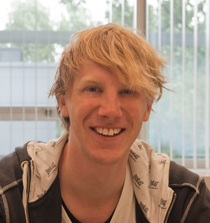
I joined the group in September 2010 and my research is founded by the EU-founded network LASSIE. During my three years in the group I will conduct theoretical studies of the chemical evolution within evolutionary stages of the interstellar medium until protoplanetary disks. I will concentrate on isotopic studies, mainly deuterium, and have generated a extensive chemical network for deuterium chemistry, including more than 50,000 reactions and 1,700 species.
Siyi Feng (homepage) - PhD - email: syfeng@mpia.de - Phone: (+49) 6221 528 294 - Office #: 224 
I joined the group in September 2011, as an IMPRS student as well as a LASSIE ESR (Early Stage Researcher). I am currently working with Priv.-Doz. Dr. Henrik Beuther on Chemistry Substructure of the High-mass Star-forming Regions. By means of analyzing and interpreting interferometric observations on the the variation of chemical properties of young high-mass star-forming regions in different evolutionary stages, and then by setting the results into context of chemical models, we aim to indicate the existence of substructures and dynamics, like outflows, disks and shocks, etc. in such regions; and more important, to provide evidences for different theoretical models on massive star formation.
Thomas Gerner - PhD - email: gerner@mpia.de - Phone: (+49) 6221 528 383 - Office #: 216B
I am working within the framework of the SFB 881 'The Milky Way Galaxy' on the very early stages of massive star formation. I investigate a sample of molecular cloud complexes in different evolutionary stages and determine their large-scale chemical abundances. My goal is to derive from that the chemical evolutionary sequence of massive star forming regions starting from starless diffuse clouds to dense ionized regions.
Nils Lippok - PhD - email: lippok@mpia.de - Phone: (+49) 6221 528 286 - Office #: 217

Low–mass molecular cloud cores are the birthplaces of solar–type stars. Nearby, small and isolated clouds, like Bok globules, are ideal laboratories for studying the physical and chemical properties of such star–forming cores because they are relatively simply structured. We have observed 12 Bok globules as part of the Herschel Guaranteed Time Key Project EPOS (Earliest Stages of Star Formation) containing cores of different evolutionary stages (from starless to Class 1). Our continuum observations obtained with the PACS and SPIRE bolometers (ranging from 100 to 500 mu) together with ground-based (sub)mm observations allow us to derive spatially resolved dust temperature and density maps of the globules. Based on these maps and molecular line observations we study molecular freezeout. Ultimatively we aim at establishing a connection between molecular freezeout and a change of the dust properties in these regions.
Sarah Ragan (homepage) - PostDoc - email: ragan@mpia.de - Phone: (+49) 6221 528 458 - Office #: 326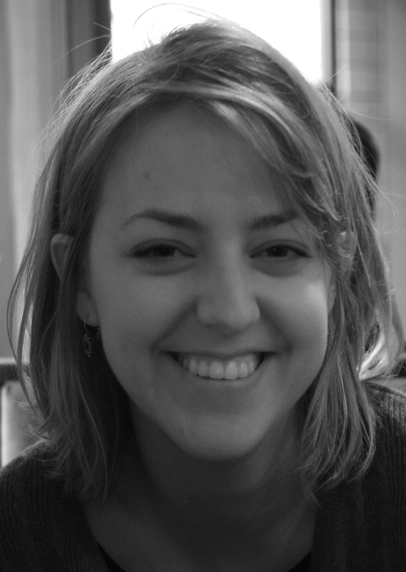
My main research interests are the structure and dynamics of molecular clouds and the initial conditions of massive star and cluster formation. I use observations of molecular tracers such as NH3, N2H+, CO, and their isotopologues and deuterated counterparts to study the physical conditions at the cold early stages of star formation. I am also involved in the Earliest Phases of Star Formation (EPoS) Herschel key program studying these topics in the continuum.
